My journey with 120 entrepreneurship: 4 lessons about startups’ success rates


In March 2007, I formally left my job as Nokia’s VP for marketing in the Israeli market and part of the global team. Jobs hadn’t launched the iPhone yet and our market share was rocking its highest point since Nokia took the leadership in 1998.
I already told you the story of how I received an offer from a new VC that was about to launch and how I deeply studied the market.
During this period, I discovered that:
- I didn’t want to be part of the venture capital world
- Entrepreneurs didn’t know how to use the magic of marketing
This magic enables us to find the biggest market opportunity for the problem our product or service solves! And it has clear, simple rules that work, if you use them.
So, I examined my knowledge of 22 years of executive marketing roles for leading brands, among them giants like Energizer, Fuji, Lipton, 3M, and more. I collected all the marketing rules that worked in the traditional business world and translated them for startups and entrepreneurs. I then invented a new model that enables entrepreneurs to focus on the right customer with the right messages at the right time and in there right place. Which means:
- Understanding who your main and secondary target audience are?
- What they need and want ?
- Build a focused marketing and sales’ plan.
- Implement it consistently.
For more then ten years, I have worked with entrepreneurs (120 thus far, and counting), helping them to search for their biggest market opportunity, reach their clients, and succeed.
Here are four stories about the startups I learned the most from, and the lessons that led me to understanding the secret of startup’s success rates.
- The truth about market need
Who needs your new product?
42% of entrepreneurs say the top reason for their failure was No Market Need.
Often, neither you nor your target audience can tell ahead of time whether a new product or service will be popular, or even useful. However, there are ways to research who is doing what with the dollar and time you want them to spend on your service, and what is needed to bring Them to you.
Like in the case of a startup in the field of database change management, founded by two professional and dedicated entrepreneurs.
They invested endless amounts of time and money on cold calls, telemarketing, and sales-people chasing after customers; they also wrote content and post it in social media, but were about to close without sales.
In the research, we discovered that the potential customers, meaning database managers and their CTOs, weren’t aware that there was a solution. We also found the opportunity to take ownership of the new category of DevOps for Database Management.
We found the potential customers that were already aware that they had a problem in groups, forums, relevant magazines, and through bloggers they followed.
Next, we helped the company build a whole new marketing and sales approach, by creating awareness of the solution mainly through bloggers and social media read by those customers.
Today, the company is very successful, work with the leading companies and has become the leader of the financial market in that field.
- Start building your brand from the first day
Start building your brand from the first day of your business. This is important for two reasons.
First, because the value of a business is measured not only by its financial results, but also by the strength of the company in the minds of its customers, what we call ‘brand perception’.
For example: Zuckerberg issued Facebook for $100 billion when their annual net income that year was only $1 billion. The difference in value comes from the perception of the brand and its potential.
The second reason is that taking ownership in the mind of you target audience is not easy, but it is much easier if youe are not only selling but creating awareness as the leading brand of the new market category related to the problem your innovative product solves.
A brand helps create trust between you and your customers
Tvinci was a startup founded in 2007, by two successful young entrepreneurs with experience in the fields of internet and digital marketing, that noticed the shift in TV broadcasting and were the first to lead the market of Pay OTT and streaming TV.
It wasn’t a well-established term then; you couldn’t even call it a market category, but two years later, the first conference for Over The Top TV happened. And who do you think was invited to speak at that first conference? The CEO of the leading company in Pay OTT TV - Tvinci.
They represented the category from its first day. Actually, business wise, they were the startup that created the category and led it from its first day. And they did that by creating the awareness to the Tvinci brand and connecting it to the OTT TV category.
Tvinci became the leader in the market category they took ownership of in its first days. They were acquired by Kaltura and together they became the leading OTT video platform.
Building your Brand from the beginning - Apple

- “If you don't know where you are going, any road will get you there.” (Lewis Carroll)
This is a critical lesson. Some where along my first years of being a marketer and business manager, I realized that if I didn’t know what I needed to achieve at work that day, there is no point in going in. Most entrepreneurs are just coasting forward from day to day.
Stop!
If you don’t have clear monthly goals you can evaluate and learn from, how can you advance your business? Your monthly, and annual, business goals are another step forward towards what you want to achieve.
If you don’t work like that, the chances of getting where you want to be are minimal because you haven’t decided what is considered success and what step are needed to get there.
I bet your next question is: how can I determine goals for a new product in a new market?
This is the fun part; the way to determine goals is incredibly easy and always works.
I will describe it in three steps:
Step A
Gather a meeting with your business partners to think about what you know about the market, the customers you should focus on, your competitors, market research, and the like, and decide what you believe is the highest yet most reasonable goals to achieve in the coming months.
These goals should help you move forward towards what you want to achieve – like number of site visitors, leads, sales, responses to a special offer, and so on. Usually, I recommend having 3-4 goals a month. And they must be measurable. “Getting more meetings” is not a goal, “getting 6 meetings with lead” is.
Step B
Around the 10th day of the following month, collect all the performance information and call a team meeting.
Present the results , compare to the goals, and discuss what led to the results you got.
There are two options: Either you passed the goals or you missed them (if you achieved the exact goal you determined that’s fantastic! But that is an incredibly rare occurrence).
If you passed the goal, there are two options: either the goal was too low - in that case, correct it for next month, or you did something well. Study what led you to achieve the goals, discuss it, and implement it for the coming months.
If you missed the goal – again, there are two options: Either the goal was too high, in which case, choose a lower goal for next month, or you did something wrong - study it, discuss it together, and figure out what you should do differently.
Step C
Set the goals for the coming month based on your insights and conclusions of the previous month.
Within three months of repeating this process, your goals will perfectly fit your business.
Keep repeating this process and you will reach your highest objectives.
- The amazing impact of consistency
I think that one of the things that surprised me most was that many entrepreneurs kept changing their company direction and messages.
The situation in many startups were like this:
The entrepreneurial business was finally launched and had started marketing efforts in order to create awareness and attract first leads. But after a while (and especially if they haven’t received many responses yet), the CEO or founder will come back from an interesting conference with a great, new idea for a totally different approach to customers or different sales method, etc.... Boom! The marketing or/and sales direction is different.
The next day, they change their messages on their home page and implement it to several other pages and even write a post or two about the new concept.
A few weeks later, the results are even worse than before changing the messages.
Then, the founders call a meeting, and consult with two or three experts from the field... Boom! Whole next approach ... and then another one...
And they will probably fail; not only because they couldn’t find the right target audience and messages - they also keep changing their look and feel and content so often the customers don’t feel connected to the brand.
Building a brand perception in the mind of your target audience is a challenging mission; it’s definitely achievable, but it takes time, consistency, and a dependable, unique look and feel.
Otherwise, your chances to succeed as an entrepreneur are incredibly low.
Let’s look at the set of materials one of our clients, a company called CellMining, prepared for their launch at the Mobile World Congress in Barcelona a couple of years ago.
The company wasn’t quite ready to begin raising funds, but decided that this is the best place for them to launch. Together, we prepared a set of marketing materials as part of their initial look and feel.
The most important part was to keep the consistency in order to stay in the minds of their potential customers, who were mainly radio managers in mobile operating companies.
Consistency - Case Study Mobile World Conference Barcelona
Brochure
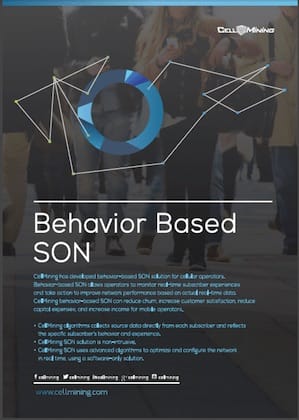

Presenters’ T-shirt

Postcard
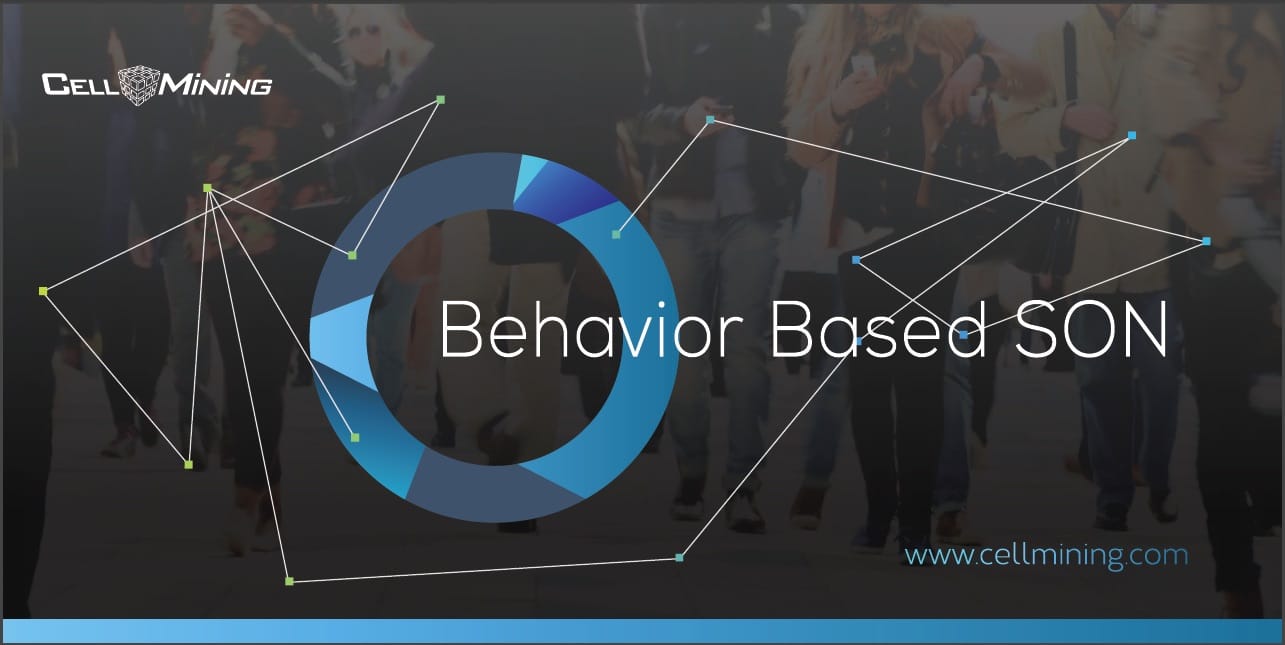
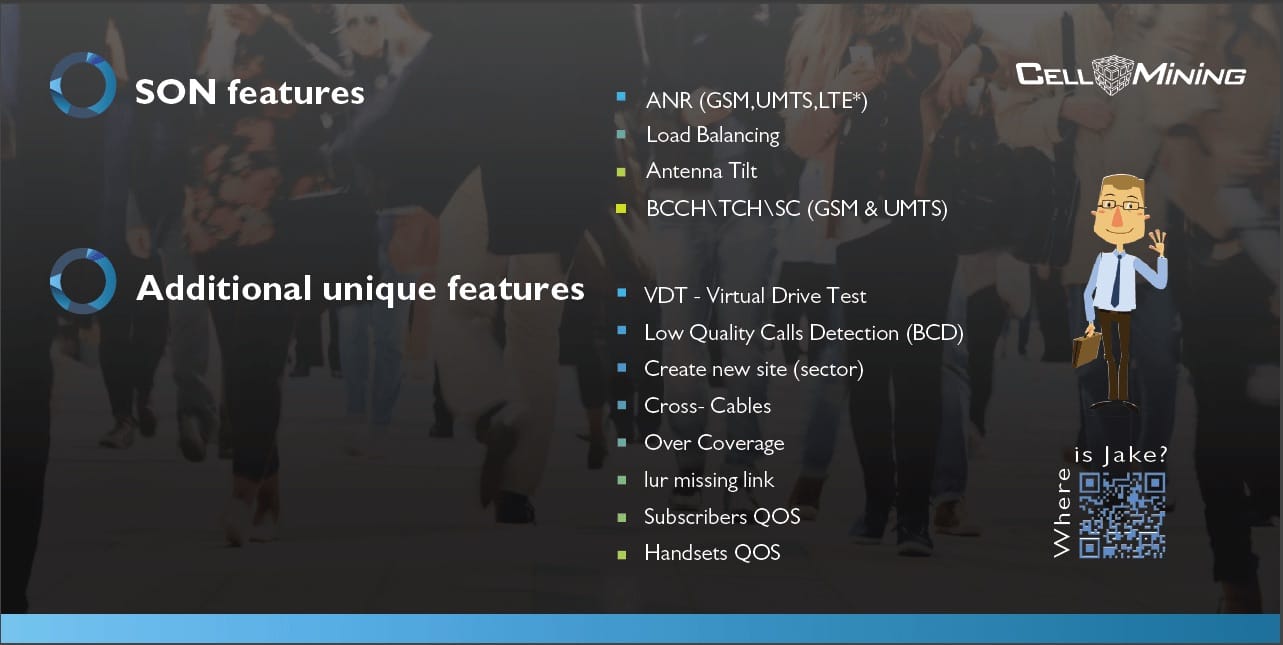
Social Media
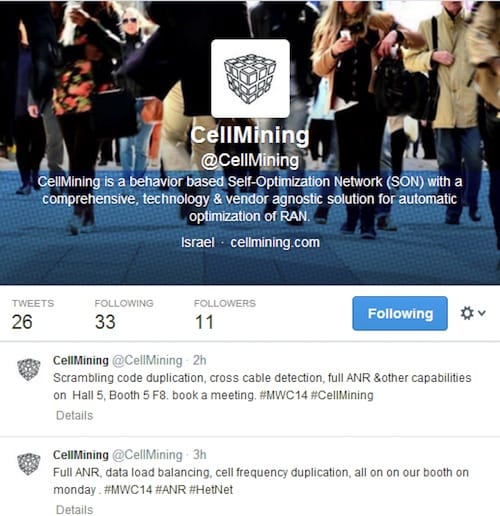
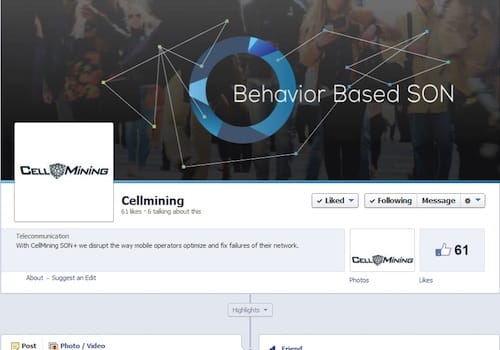
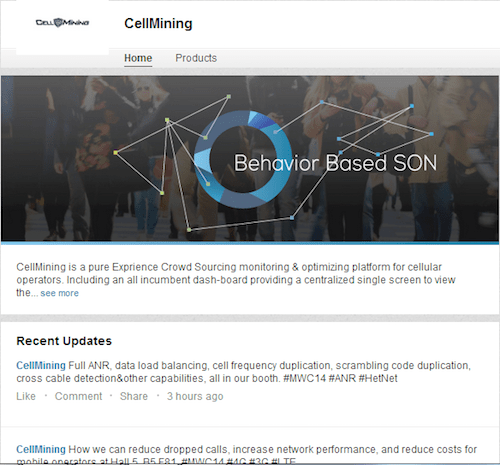
The boot at the MWC in Barcelona



In Summary
We are at the edge of content and no one writes more content than marketers. Therefore we are, as entrepreneurs, drowning in endlessly valuable content, ideas, rules, and tips to help us achieve success.
These 4 points are the fundamentals!
In order to attract your potential customers and keep their attention in this crowded world, you must know what they need, and never stop listening to them.
You should build your brand and speak as the new market category leader. Don’t tell them they should buy your product; explain the value of using the new product.
And when you prepare your messages, content, videos, and whatever else related to your product, be consistent everywhere. But also, keep being creative, and find ways to stand out from the crowd.
And last, but most important - don’t act without crystal clear goals. Whenever you start doing something, make it clear you know exactly what you want to achieve, when, and why.
Keep these four fundamentals in mind and you will succeed.


Great post! Thanks for sharing useful information. This article six secrets to startup success are great, every point tells the practical experience of the writer. A blog thumbs up from my side!